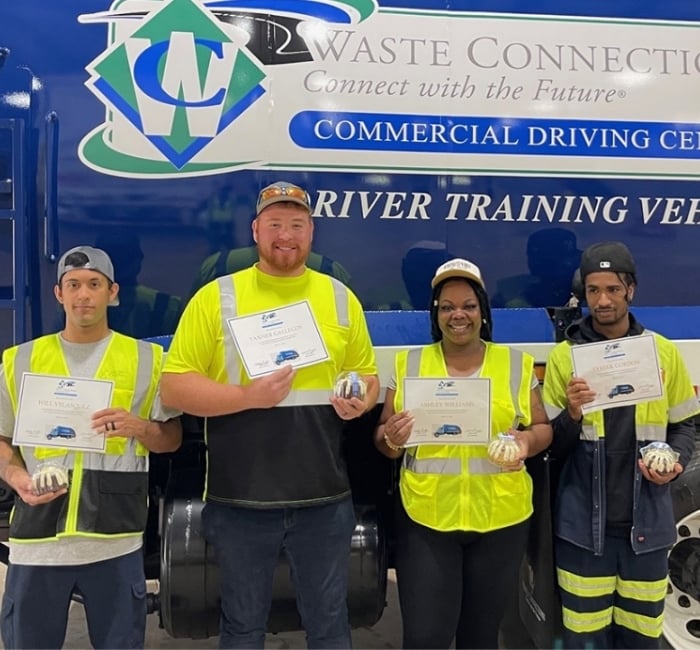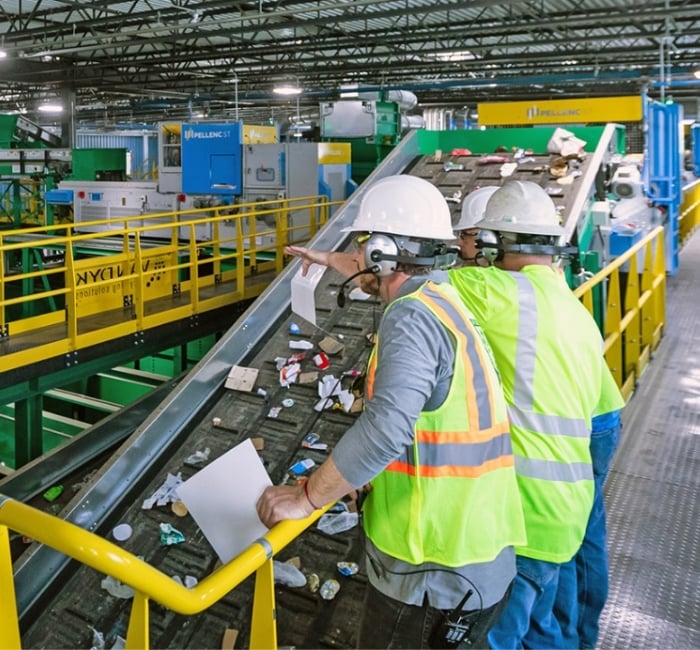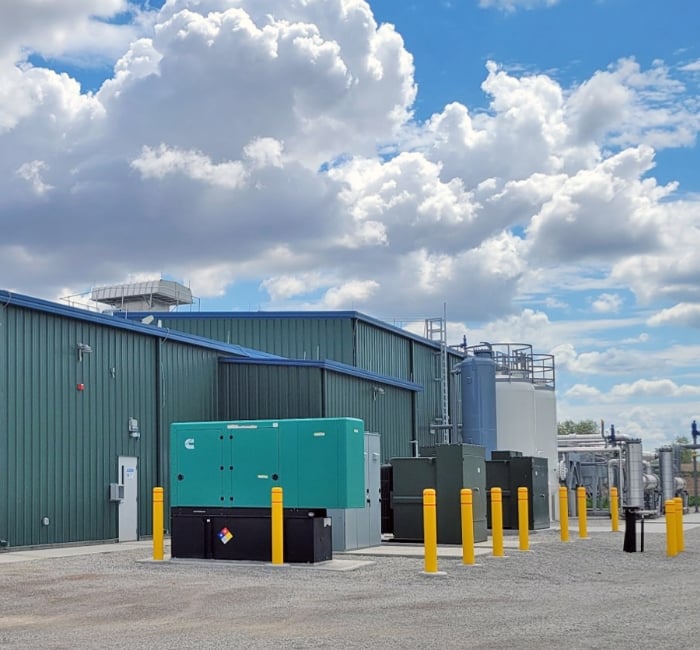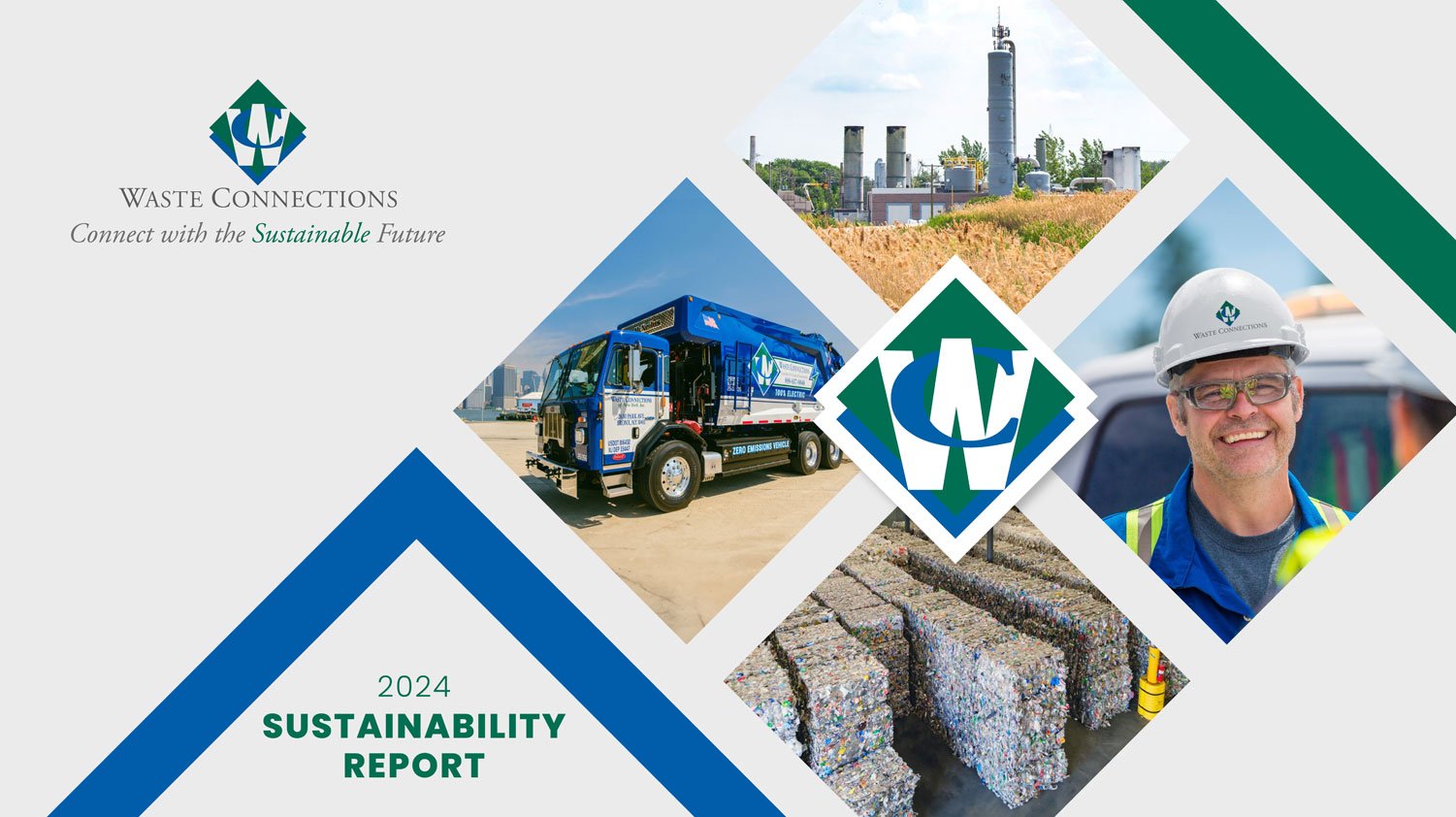
Leachate Management
Leachate is produced when water from rain or snow infiltrates buried materials within uncovered sections of landfills and mixes with the liquids and soluble substances contained in municipal solid waste. At our landfills, leachate is contained by an impervious liner system and collected through a network of drainage systems. Collected leachate is sent to a third-party disposal facility, such as a municipal or industrial wastewater treatment plant, or treated on-site through wastewater treatment facilities or evaporation.
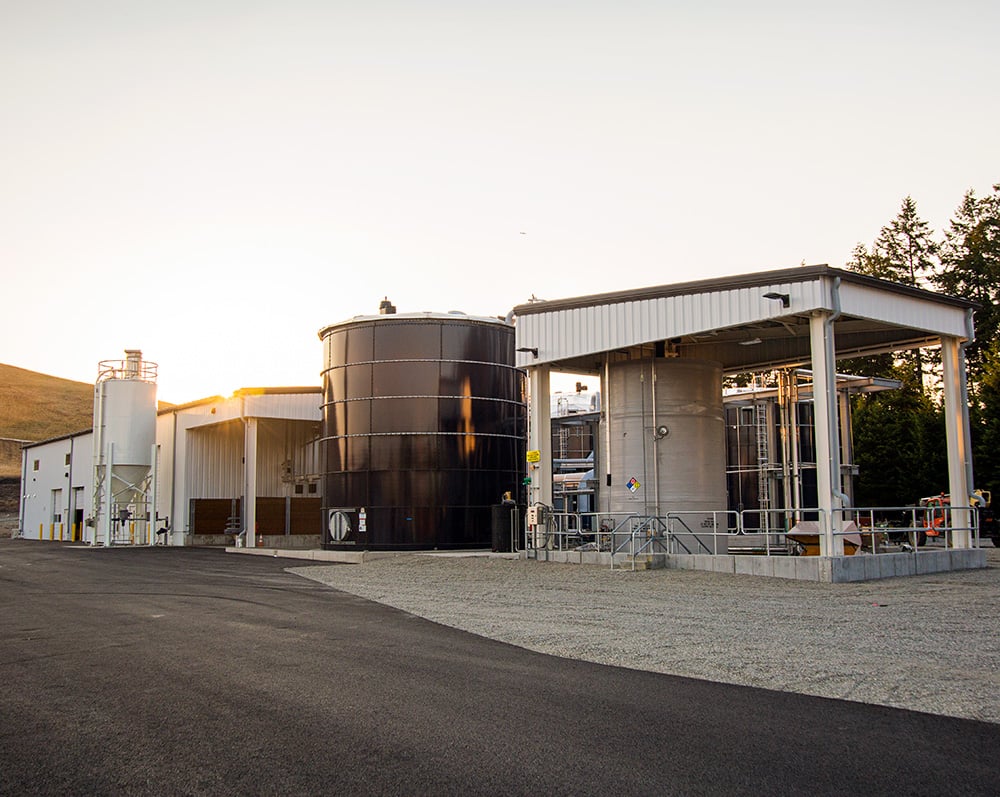
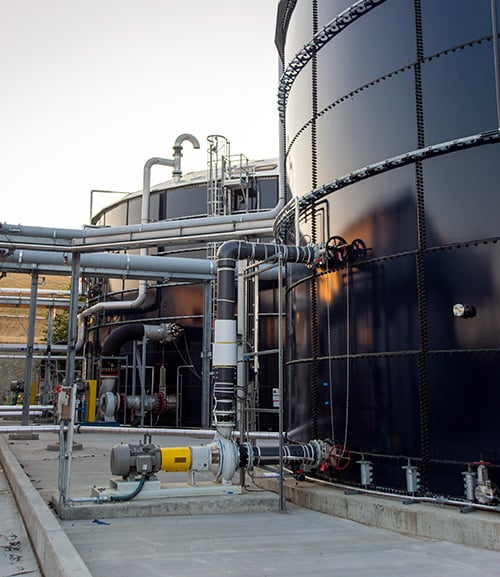
Our current operations generate over 800 million gallons of leachate per year. Historically, over two-thirds of leachate has been transported off-site for treatment. Our long-term aspirational target is to treat over 50% of leachate generated at our own facilities. Reducing reliance on third parties allows us to more effectively manage the costs and mitigate the impacts associated with the transportation and off-site treatment and disposal of leachate. On-site treatment also provides greater optionality to process and remove per- and polyfluoroalkyl substances (PFAS) contained in leachate.
To further increase our leachate self-sufficiency, we are installing temporary covers to minimize infiltration of rain and snow, reducing the size of our working face, constructing on-site treatment plants and exploring deep well injection, where applicable.
During 2023, our leachate processed on-site increased by 17% from the prior year as a result of two major leachate treatment facilities installed in the prior year. At 37.4%, our on-site leachate processing is on track for our targeted expansion, with a nominal decline in 2023 resulting from a temporary site-specific impact.

